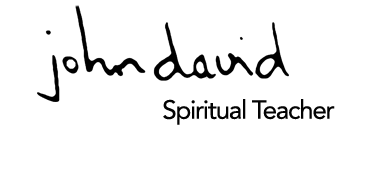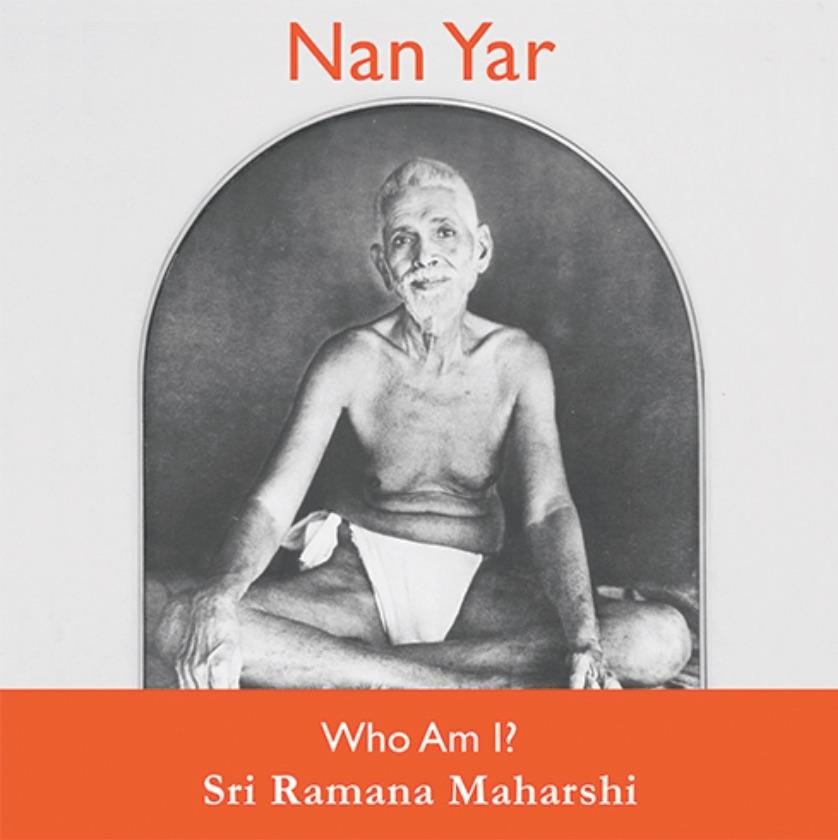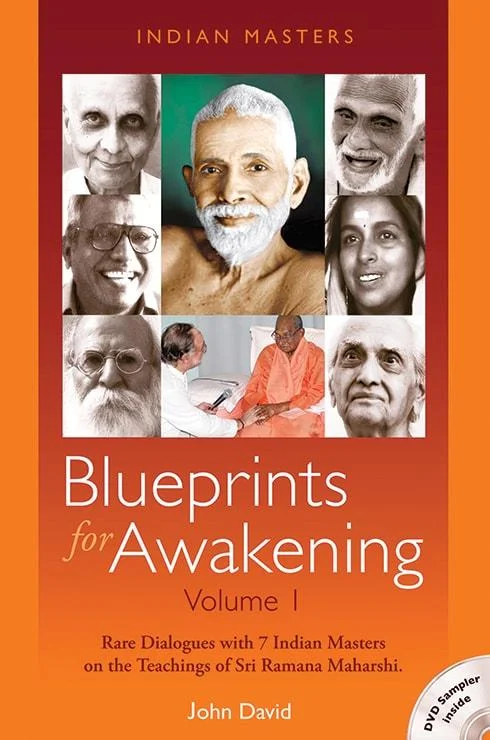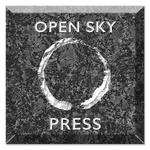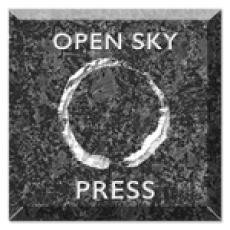Rupert Spira
The separate entity that we imagine ourselves to be is made out of these beliefs that thinking superimposes onto Awareness.
– Rupert Spira

Full Interview with Rupert Spira by John David
I was happy to interview Rupert and include him in the book after he had been introduced by Francis Lucille. We met in Paris to make this interview. A lovely soft man, Rupert is well known as a first-class potter in England. In addition to the regular questions it was lovely to dialogue about beauty.
– John David
Questions and Answers
You have given us a profound discourse on awakening. When you meet a passion for awakening, what would your short advice be?
Seekers often have curious ideas about the enlightened state. Please describe your typical day and how you perceive the world.
Sri Ramana’s devotees had tremendous devotion to him, and he to Arunachala. Please say something about bhakti, devotion, in the pursuit of awakening.
It appears essential to meet a guru and stay with that guru. Who is the guru? What is the guru’s role? How to recognise a true guru?
What about Destiny? Do you expect things to simply happen or are you expressing your free will and choosing?
What about vasanas, the tendencies of the mind? Must these be removed before Self-realisation can become permanent? Is it enough to achieve a sattvic (calm and peaceful) state of mind and to know one’s vasanas so that they no longer bind? How to remove the vasanas?
It has been suggested that the mind must be destroyed for liberation to occur, Do you have a mind? Sri Ramana used the term manonasha to describe the state of liberation, meaning destroyed mind. How to destroy the mind?
When Sri Ramana was asked, ‘When will the realisation of the Self be gained?’ he replied, ‘When the world which is what-is-seen has been removed, there will be realisation of the Self which is the seer.” What is the true understanding of the world? How to remove the world?
Sri Ramana said that Self-enquiry is the most direct route to realising the Self. What do you say about Self-enquiry? How to conduct Self-enquiry?
Are there any qualifications for enlightenment? Is sadhana (spiritual practice) necessary? If yes, what form do you advise?
Many Western seekers come to India looking for enlightenment as if it is an experience, What is enlightenment?
Sri Ramana proposed the fundamental question, ‘Who am I?’- Who are you?
Rupert Spira's teachings
The Nature of Awareness
Rupert Spira explains that awareness, or consciousness, is the fundamental reality of our existence. It is the background of all experiences, the constant presence that knows and experiences everything, yet remains unchanged by it. Awareness is not personal, located, or confined to the body or mind. It is infinite, unchanging, and ever-present, much like the sky that holds clouds but is unaffected by them.
In his teaching, Spira emphasizes that we mistakenly believe ourselves to be separate entities — a body and mind. He invites his students to inquire into the nature of their own experience and realize that their true self is not the body or mind, but the awareness that witnesses them. This realization brings about a deep peace and sense of completeness, as it dissolves the boundaries between subject and object, self and other, and reveals the oneness of all experience.
Self-Enquiry: “Who Am I?”
A central practice in Spira’s teaching is self-enquiry, which involves questioning the nature of the self. Inspired by the teachings of Ramana Maharshi, Spira encourages his students to ask the question, “Who am I?” This inquiry is not an intellectual exercise but a direct exploration of one’s experience. The goal is to uncover the fact that what we are is not a finite, separate self, but infinite awareness.
Through this inquiry, one gradually sees that the separate self is merely a collection of thoughts, feelings, and sensations superimposed on awareness. These accretions, which seem to define the self, are seen as temporary and insubstantial, much like waves on the surface of the ocean. The true self is the vast, unlimited ocean of awareness beneath these waves .
The Illusion of Separation
One of the core ideas in Spira’s teaching is the illusory nature of separation. According to Spira, the sense of being a separate self arises when awareness identifies with the body and mind. This identification creates the illusion of duality, of a subject (the self) and an object (the world). However, when this identification is seen through, it becomes clear that there is no real separation between self and world. Everything arises within awareness, and everything is made of awareness. Therefore, the world is not something external to the self but is an expression of the same awareness that we are.
Spira often uses the metaphor of a dream to illustrate this point. In a dream, we experience a world of objects and people, and we believe ourselves to be a character in that world. However, upon waking, we realize that the dream world and the dream character were both made of the same substance — our own mind. Similarly, in the waking state, the apparent world and the separate self are both made of awareness .
The Role of Practice
Although Spira emphasizes that awareness is always present and that nothing needs to be done to attain it, he acknowledges that many people benefit from certain practices. One such practice is what he calls “abidance in being.” This involves simply resting as the awareness that one already is, rather than engaging in the activity of seeking fulfillment in external objects, relationships, or experiences.
Spira also emphasizes the importance of investigating one’s experience at both the mental and physical levels. At the mental level, this involves examining the beliefs and thoughts that create the sense of separation. At the physical level, it involves exploring the sensations and feelings in the body that give rise to the sense of being located and limited. Over time, this investigation dissolves the sense of being a separate self and reveals the ever-present awareness that we truly are .
Love, Happiness, and Peace
In Spira’s teaching, love, happiness, and peace are synonymous with awareness. These qualities are not something we need to seek or attain; they are the natural qualities of our true nature. The problem, according to Spira, is that we look for happiness, love, and peace in external objects, people, and circumstances. However, these things cannot provide lasting fulfillment because they are all temporary and subject to change.
True happiness, love, and peace are found within, in the simple recognition of our own being. When we realize that we are awareness itself, we experience a profound sense of completeness and contentment. This realization ends the restless search for happiness in external things and allows us to rest in the peace and joy of our true nature .
Beauty and Art
Rupert Spira is also a renowned potter, and he frequently draws connections between art and spirituality. He believes that the experience of beauty, whether in art or nature, is a glimpse of the non-dual reality. When we perceive something as beautiful, the boundaries between subject and object dissolve, and we momentarily experience the unity of all things.
Spira likens the experience of beauty to the experience of love. Both are moments when the mind’s usual distinctions between self and other, subject and object, fall away, and we experience the seamless totality of existence. In these moments, we recognize the presence of awareness in everything, and we feel a deep connection to all of life .
The End of Seeking
A major theme in Spira’s teaching is the end of the search for fulfillment. According to Spira, the activity of seeking is itself the denial of the fulfillment we seek. As long as we are seeking happiness, peace, or love in external things, we are reinforcing the belief that these qualities are absent from our current experience. However, when we recognize that our true nature is awareness, we realize that happiness, peace, and love are always present, as they are inherent in awareness itself.
The end of seeking comes when we stop looking for fulfillment in the realm of objects and recognize that what we are looking for is already here, as the very awareness that is looking. This recognition brings about a profound sense of rest and contentment, as we no longer feel the need to chase after experiences or possessions to complete ourselves .
appears in
Blueprints for Awakening – European Masters
European Spiritual Masters
John David has been interviewing fourteen European Spiritual Masters. The result is a compendium of astonishing wisdom about the biggest secret of all times: the Nature of our True Self and how to realise it.
This book answers all questions of the spiritual search and is for everyone who has an inner passion to find out who they are.
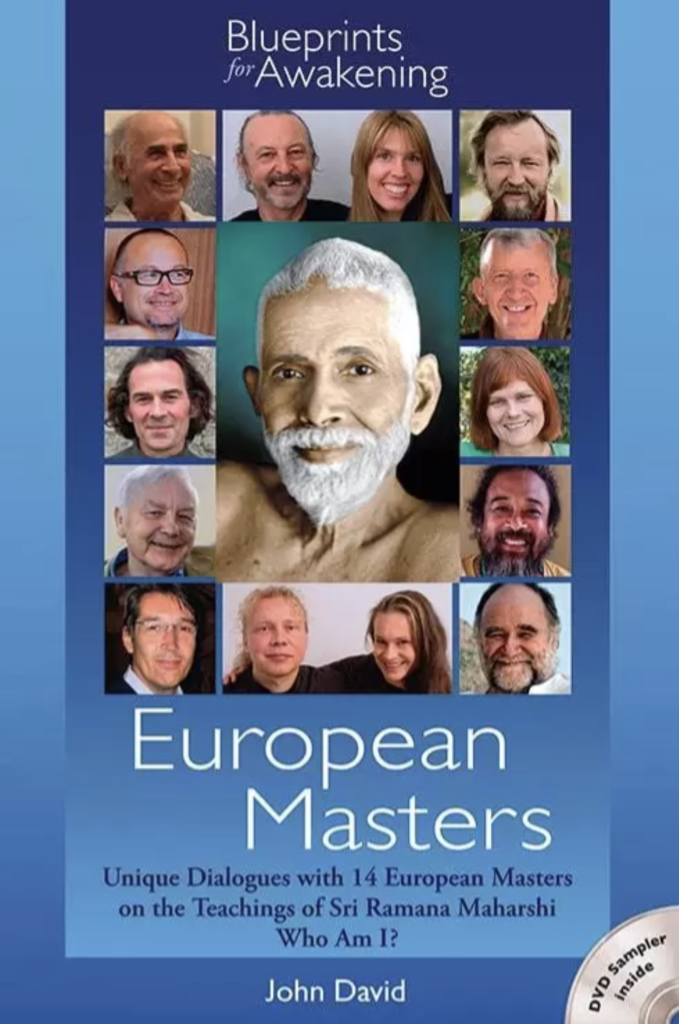
Other Ramana Maharshi Books
Aham Sphurana – A Glimpse of Self Realisation [Volume 1]
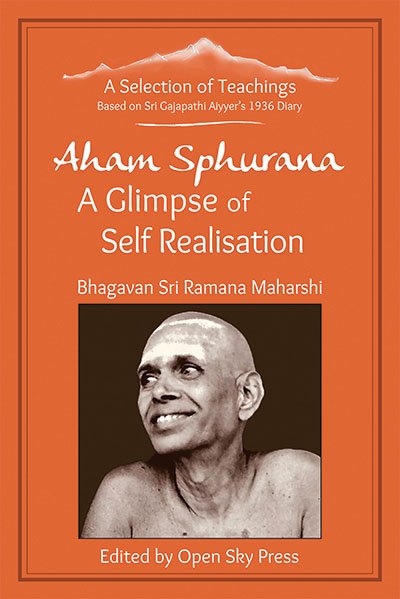
Fascinating dialogues and stories of Ramana Maharshi recorded by Sri Gajapathi Aiyyer in the summer 1936, at Ramana Ashram.
Vichara – Self Enquiry,
Who am I? [Volume 2]
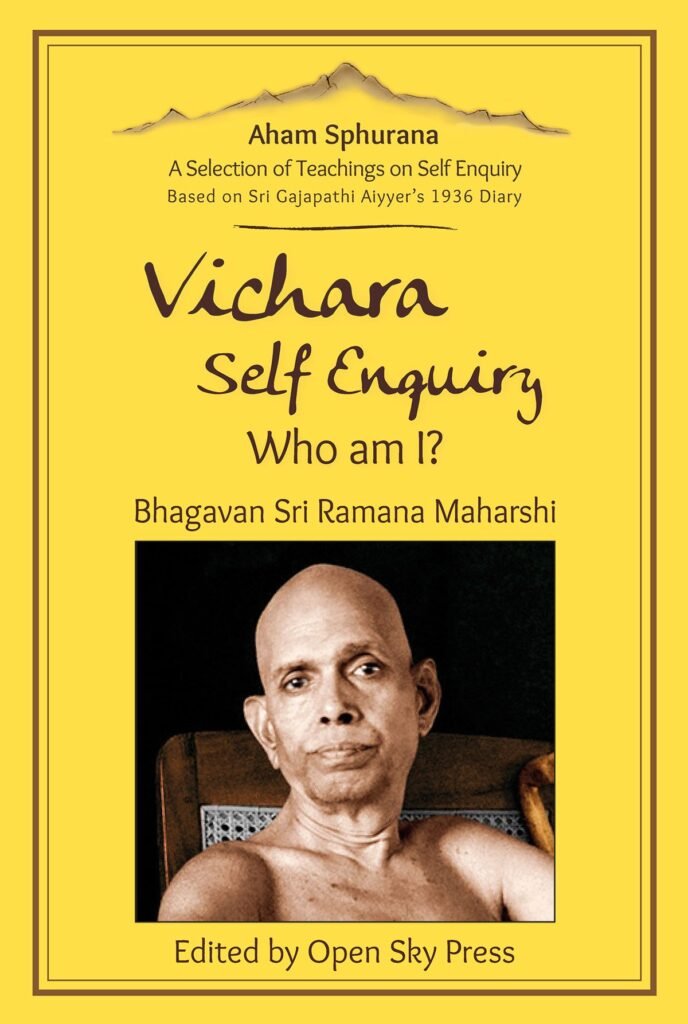
Vichara offers a fresh and focused exploration of Bhagavan Sri Ramana Maharshi’s most profound teaching: Self-enquiry.
Sharanagathi – Surrender,
Letting go. [Volume 3]
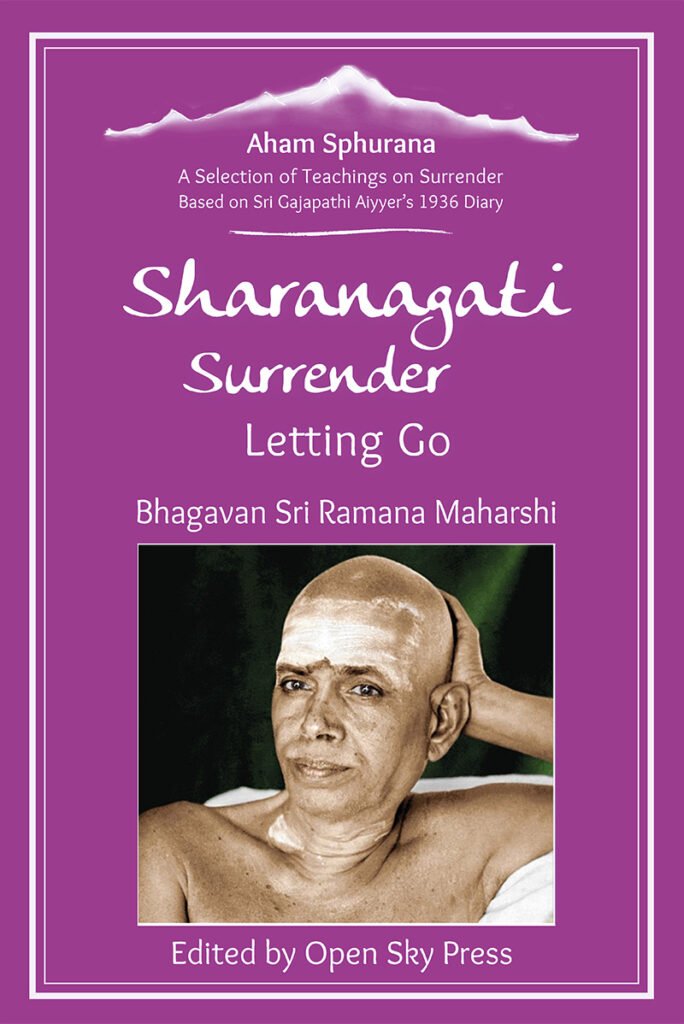
Sharanagathi explores Bhagavan’s direct and powerful path of dissolving the ego through surrender.
Biography
1960: Rupert Spira was born in England. He grew up in a large, close-knit family, and from an early age, he was drawn to philosophical and spiritual questions about the nature of existence.
1975: At the age of 15, Spira came across the poetry of Rumi, which deeply resonated with him. This marked the beginning of his interest in spirituality and non-duality. He soon met Dr. Francis Roles, who became his first spiritual teacher, at Colet House in London.
1977: At 17, Spira began practicing meditation, diving deeper into his spiritual journey. This was a pivotal moment that shaped his lifelong exploration of the nature of consciousness.
1980s: Spira apprenticed with renowned potter Michael Cardew and developed a successful career in ceramics. His pottery work was recognized internationally, though his focus remained on his spiritual inquiry.
1996: Spira’s spiritual path took a major turn when he met his second teacher, Francis Lucille, who introduced him to the non-dual teachings of Jean Klein and the tradition of Advaita Vedanta.
2011: Spira published The Transparency of Things, his first major book on non-duality. This work established him as an important voice in contemporary spirituality, focusing on “The Direct Path” to realizing the nature of consciousness.
Present: Rupert Spira continues to teach non-duality globally through books, guided meditations, and retreats. He lives in Oxford, UK, where he continues to explore and teach the nature of reality.

It is very inspiring to spend a long period of time with a teacher who has this impersonal quality of love. We learn how to have impersonal friendships, first with our teacher, then with everyone. We learn that love is something utterly intimate but at the same time truly impersonal. It has a profound effect on all our relationships, whether those relationships are intimate relationships or not.
– Rupert Spira

Enlightenment is the experiential understanding that what we are is unlimited, unlocated Presence, Consciousness, or Awareness.
- Rupert Spira
